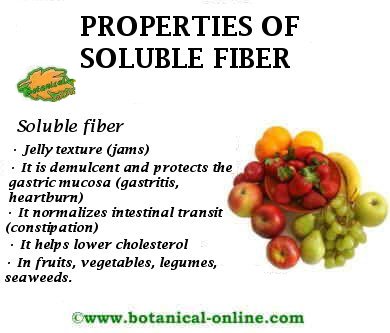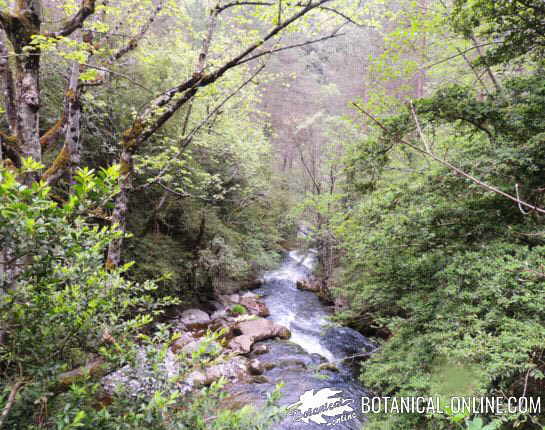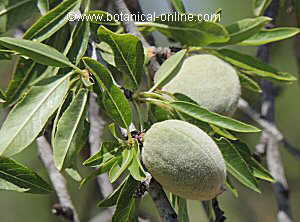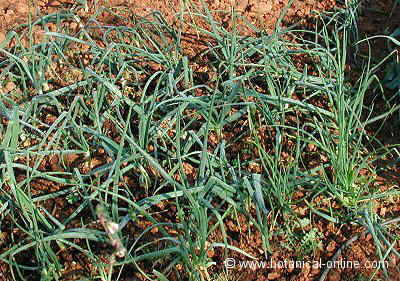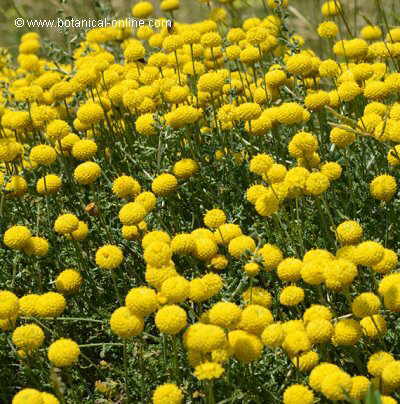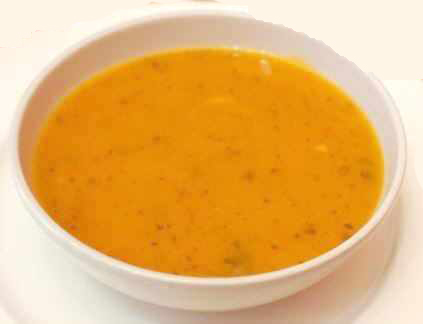Contents
TOXICITY OF STAR ANISE
Photo of star anise with seeds
Is star anise toxic?
Star anise is an aromatic spice safe for health when consumed at established food doses.
Star anise contains some aromatic substances that can cause adverse effects. It is a plant with contraindications.
Essential oil is neurotoxic and should be used with extreme caution.
What toxic components does star anise have?
Star anise contains mainly anethole (80-90% of the essential oil of the plant) and estragole. These components are classified into narcotic and convulsant components.
– The essential oil of the plant, rich in anethole, acts stimulating the central nervous system. These effects were well known in antiquity, since the botanical genus of the plant, Illicium, comes from the Latin “illicere“, which means to excite, due to the intense aroma of the badiana fruits (Illicium verum).
– Star anise poisoning is characterized by nausea, vomiting, delirium, memory loss, tremors, epilepsy and pulmonary congestion. In the presence of any of these symptoms, and suspected intoxication, the doctor should be consulted immediately.
– If combined with alcohol intake, it increases its toxicity to the nervous system.
– Essential oil is contraindicated during pregnancy and lactation.
– Women with estrogenic treatment should also avoid the use of star anise essential oil.
* More information: see “Contraindications of star anise” in the below listing.
Important note about star anise
Do not confuse star anise or anise of China (Illicium verum), with false star anise or badiana of Japan (Illicium religiosum = Illicium anisatum).
Star anise purchased in some establishments may be adulterated by fake star anise. In this case, the poisoning is produced by shikimic acid, a poisonous principle contained in the fruits, with cardiotoxic and narcotic effect. This component has been responsible for numerous baby intoxications, which had been administered to combat meteorism.
![]() More information on star anise
More information on star anise

